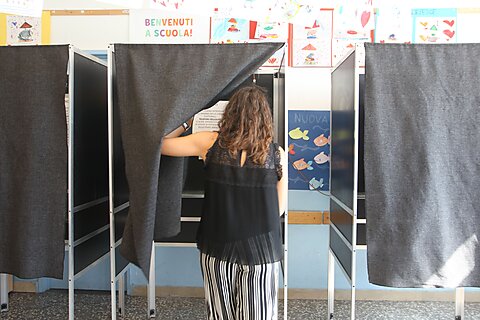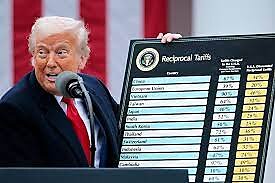Walter Olson
This November voters in Nevada, Colorado, and Idaho will consider whether to adopt versions of the “Alaska model,” discussed in this space here, here, and here, which does away with party primaries in favor of a single primary open to all followed by a general election that employs ranked choice voting (RCV). Alaska voters themselves will also vote on whether to keep that model, opponents having succeeded in submitting enough petition signatures to place a repeal measure on the ballot. And voters in Arizona and Montana will consider taking a big partial step toward the Alaska model by replacing party primaries with a single open-to-all primary, without resolving whether RCV or some other method, such as a runoff, will be used to sort out the results of a general election in which no candidate commands a majority.
There’s enough material here for several posts. I’ll start by tackling just one question: how the open-to-all primary model differs from the so-called open primary model that’s been kicking around for decades.
In that older open primary model, any voter can request and vote the primary ballot of any party. Advocates for such an arrangement say it gives a greater voice to voters, particularly independents, who these days make up by far the largest portion of the electorate but who are otherwise shut out of the stage of the election in which a majority of races are practically decided.
Questions of participation aside, advocates say open primaries are also more likely to give a shot to candidates who can appeal to a broad range of voters and not just the party’s base.
Whatever the merits of such arguments, the old open primary model suffers from an objection in principle and a related flaw in practice that has limited its appeal. The objection in principle is that political parties are private groups that should enjoy freedom of association, in particular the right not to have their endorsements determined by outsiders. The related practical problem is that open party primaries can be open to manipulation by supporters of the opposing party who might cross over to promote a candidate they see as weaker.
Partly in response to these concerns, states have introduced modified models in which voting in a party’s primary entails instant re-registration with that party, or in which unaffiliated voters but not registrants of other parties can cross-vote, or in which each party decides whether to open its primary.
The Alaska model bypasses all these problems in favor of a single primary in which all candidates can run and all voters can vote. The four top finishers who advance to the general (five under the Final Five version) might include two from each major party, but they might also include two or three from the same party and perhaps an independent, Green, or Libertarian.
Observe that no political party’s rights of association are infringed in the least under the Final Four or Final Five model. An existing party remains free to arrange ways to gauge members’ sentiments to identify the one candidate who best reflects collective Democratic or Republican base preference. It’s just that taxpayers will not be asked to pay for that process, and anointed candidates will not automatically be given ballot status unavailable to rivals except through a sometimes arduous and heavily lawyered signature process.
Final Four and Final Five should also succeed in curbing gamesmanship aimed at pushing a weaker candidate from the other party into the lead, because it’s likely that the other party’s stronger candidate will make it onto the ballot anyway. Each party’s committed base is also quite likely to succeed in getting its candidate into the general election ballot. What’s different is that they will no longer be able to keep others from getting there too.
All of which is why, as a matter of terminology, it’s better not to describe the Alaska model as including an “open primary.” “Nonpartisan” and “all-party” primary are better terms. I myself like “universal primary,” which hasn’t caught on, and “single qualifying primary” would make sense too.
Further into the merits in the next post.






